Finally holidays...and what a holidays!! Taking advantage of the Obon festivity, a week with a couple of bank holidays dedicated to remember the ancestors, I took the opportunity to go down to Seto Islands for a week, an archipelago of small islands in the Inland Sea of Japan between Honshu and Shikoku. What stands out there is that some of them with Naoshima in front, have become a reference for architecture and contemporary art in a wild and natural environment. In 2009 when I first visited Japan, we already visited Naoshima and I was fascinated, up to the point where I would probably consider it as my top recommendation in Japan. So when I came back to Japan I was determined to visit it again, more when I knew that there are other islands with the same approach, and even more when I read that in 2013 it would be held the second Triennale of art in the region, the Setouchi Triennale, where besides the permanent works there will be many temporary along the year. So finally, this summer, together with my friend Aquiles, we headed down there. Amazing trip, a wonderful week visiting the islands of Naoshima, Teshima, Inujima and Shodoshima, all along with an incredible weather, beach, good food, japanese architecture and lots of contemporary art! The blend sounds as captivating as it was, most of these islands are so small that one can visit them by bike or even walking, surrounded by a fantastic natural environment with green mountains and hidden beaches, and with scarce human presence around. This last point is actually one of the main reasons of all this movement and a reflection of the current issue in rural Japan, where every time more there are deserted regions due to the internal migration to urban areas and the few remaining are usually people of advanced age...so it was decided to invest in the creation of cultural value as a way to revitalize these lovely islands that had an uncertain future.
Naoshima: en aquesta illa és on va començar tot, de manera filantròpica la Benesse foundation va tenir la visio de revitalizar les illes i la communitat a través d'inversions en art i arquitectura, creant un binomi estratègic amb un dels grans arquitectes contemporanis del Japó, Tadao Ando, el qual està transformant l'illa pas a pas amb projectes com el Benesse House museu, el museu de Lee Ufan o sobretot el museu Chichu, un espai simplement brutal! A banda, la municipalitat va decidir engegar un projecte artístic, Art House Project Naoshima, cedint cases i espais abandonats a artistes per tal que desevolupéssin les seves obres, de tal forma que tot passejant per l'illa es pot anar gaudint d'obres de primer nivell d'artistes com James Turrell, Hiroshi Sugimoto, Rei Naito, els banys públics transformats amb l'estil de Shinro Ohtake o les carabasses de Yayoi Kusama, un dels signes més singulars de l'illa!
Naoshima: this is the island where everything began, in a philanthropic way, the Benesse foundation had the vision to revitalize the island and its community through investment in art and architecture, building a strategic alignment with one of the big contemporary architects of Japan, Tadao Ando, who little by little has been transforming the island with projects such Benesse House museum, Lee Ufan museum or above all the Chichu Museum, a must see for everyone! Besides, it was created an artistic project called Art House Project Naoshima which basically let renowed artists to create their work in abandoned house or places around the island, so that one can walk around enjoying of artworks from people such James Turrell, Hiroshi Sugimoto or Rei Naito, as well as visiting the Public bath transformed by Shinro Ohtake or the colorful pumpkins from Yayoi Kusama, one if the island's icons!
Teshima: ubicada al costat de Naoshima, Teshima ens va encantar...de tamany més gran però població més reduïda, la visita a aquesta illa va ser realment interessant. La caracteritza una orografia amb grans desnivells ideal per visitar-la en bici...elèctrica! amb platges magnífiques i camps d'olivers que per moments semblava que fóssim al Mediterrani. Entre tot el que vàrem veure destacar el museu d'Art de Teshima, dissenyat per Ryue Nishizawa (SANAA) i treball artístic de Rei Naito, per mi el gran descobriment del viatge...increïble, genial, gairebé màgic! Un gran exemple d'equilibri entre l'arquitectura, l'art i entorn que et deixa amb la boca oberta. L'obra anomenada Matrix és un increible montatge de transformacio constant a través de gotes d'aigua que apareixen per tot arreu, de fet l'estructura mateixa té forma de gota d'aigua amb dues grans obertures ovals que deixen el pas a la llum, vent i ...aigua.
Teshima: next to Naoshima, Teshima was lovely...bigger but with lesser people, the visit was really interesting. The island is characterized by an orography with important slopes ideally to discover it by electric bike! It has very nice beaches and olive tree fields that reminded us being in the Mediterrenean! Among the different works we saw there is one that stands out, Teshima Art Museum, designed by Ryue Nishizawa (SANAA) and artwork by Rei Naito, for me was the best discovery of the trip...no words! It-s a great example of balance between architecture, art and environment! The art work named Matrix is an amazing work of continuous transformation through drops of water that appear from everywhere, actually the structure itself already is shaped like a drop of water with two big oval openings where light, wind and water can get through...all interconnected.
Inujima: la més petita de totes però no pas la menys interessant, de fet al poder-se visitar a peu li dóna un punt encara més atractiu. Inujima és territori Sejima (l'altre meitat del binomi SANAA) amb vàries obres dissenyades per aquesta arquitecta i altres obres de joves artistes prou creatius. En fi, una adorable illa remota i gairebé desèrtica, que realment ens va fer sentir lluny, molt lluny de tot!
Inujima: the smallest of all visited island but not the least interesting, actually the fact of being able to visit it walking, it even gives a better feeling. Inujima is Sejima's (the other half of the SANAA duo) land, with several works designed by this architect, as well as with many different artworks from young creative artists. All in one, an adorable experience in a remote island almost deserted that made us feel far, very far away from everything!




Shodoshima: la darrera parada del nostre viatge va ser en la que segurament seria la segona illa en quantitat d'obres i material, per contra però, també és una de les més grans en tamany fet que fa que tot estigui més repartit i tampoc et permet visitar-la còmodament al teu aire. Pel meu gust doncs, no va tenir el mateix encant que les altres, tot i això la vàrem aprofitar bastant bé visitant obres de referència com la "House of Sodoshima" de Wang Wen-Chih, una obra feta íntegrament amb bambú que ofereix un espectacle increïble de llums i colors. Just abans de marxar, l'altre iniciativa que em va cridar l'atenció va ser la visita a l'anomenada "Fukutake House". Es tracta d'una plataforma de col.laboracions entre artistes asiàtics prou interessant i és que ni més ni menys està ubicada en una antiga escola de primària avui tancada. A més, va acompanyada d'una altre obra d'en Nishizawa fínissima que va posar la cirereta al viatge.
Shodoshima: the last stop in our trip was in what probably would be the second island in terms of work and material, but one of the biggest in size too. This results in works spread all over the island which makes it too big to visit on your own, so need to rely on the public transportation which is not very often (not many people in the island!). Nevertheless we could still visit quite a lot and saw some interesting pieces like the so-called "House of Shodoshima" by Wang Wen-Chih, a work made entirely of bamboo with a show of light and colors. Then just before departing, we saw another initiative that also drew my attention, the "Fukutake House" which has been created as a platform of collaboration between artists based in Asia quite interesting particularly because the venue was quite special...an old elementary school! On top, the school hosts another piece from Nishizawa which is great and put the best end to our trip!






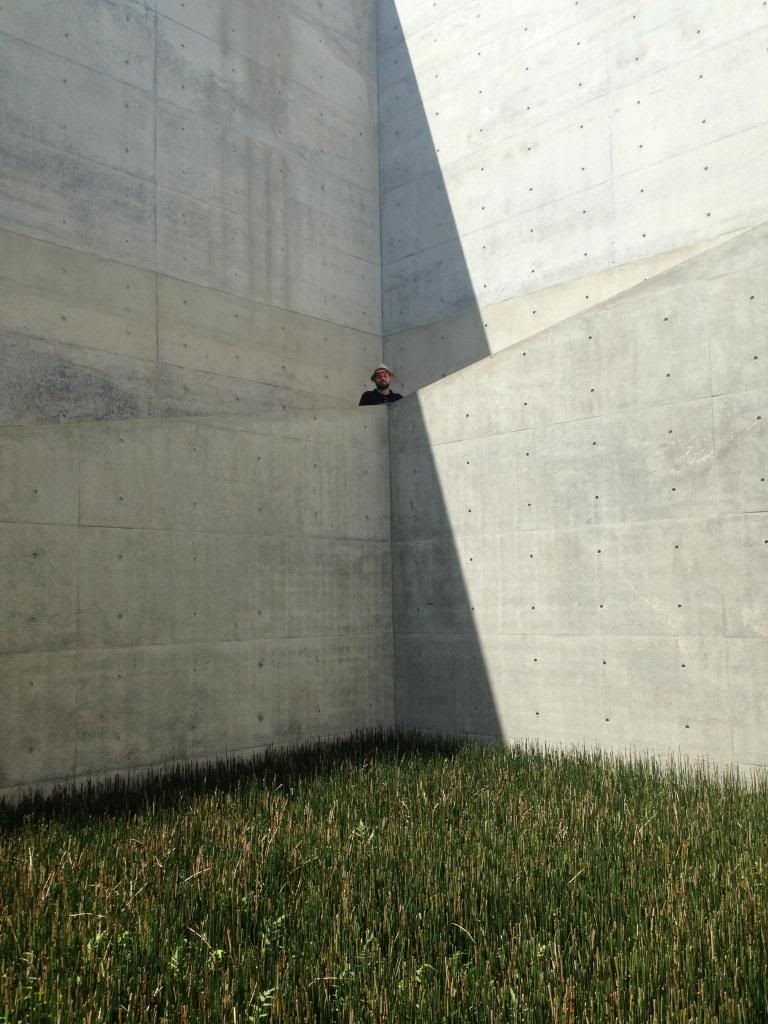
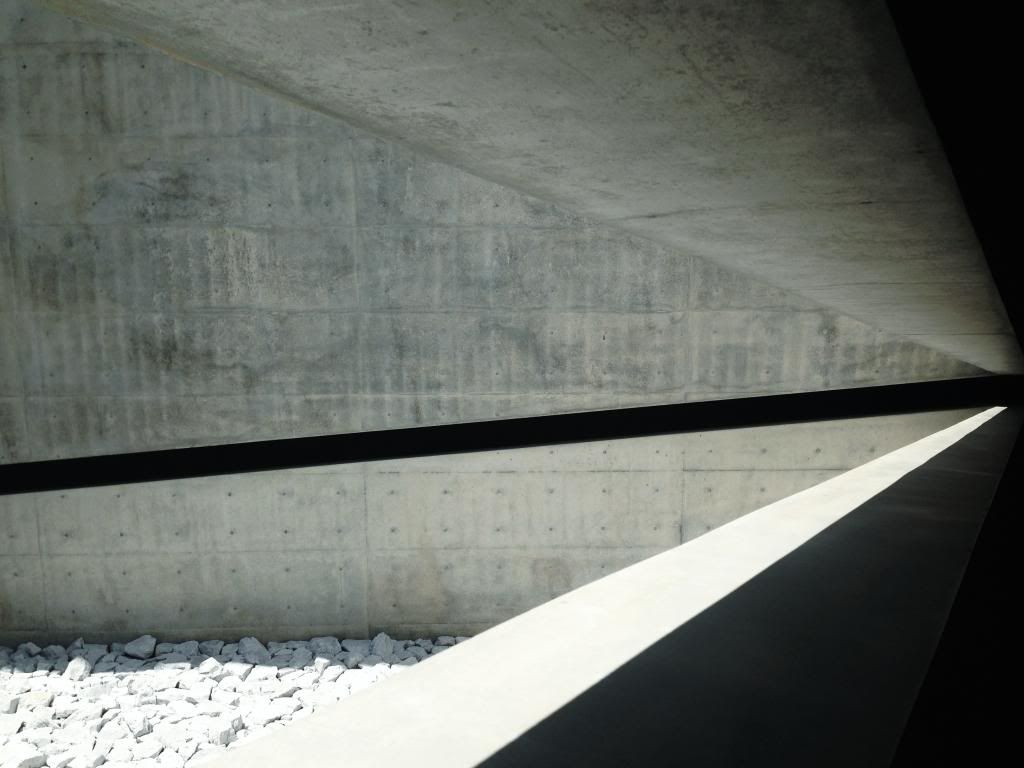
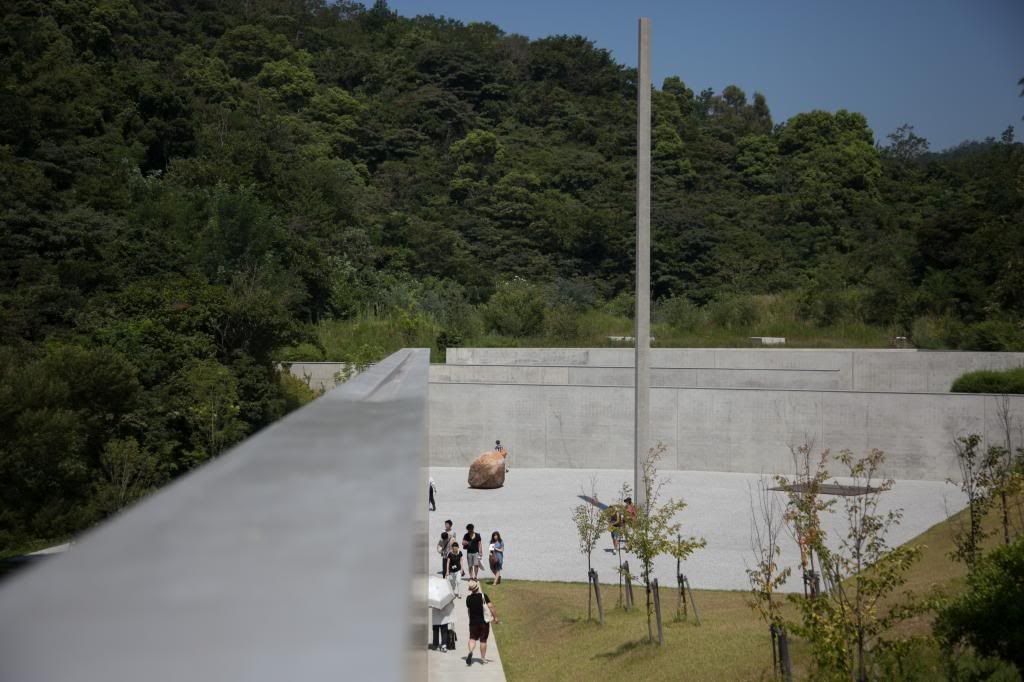

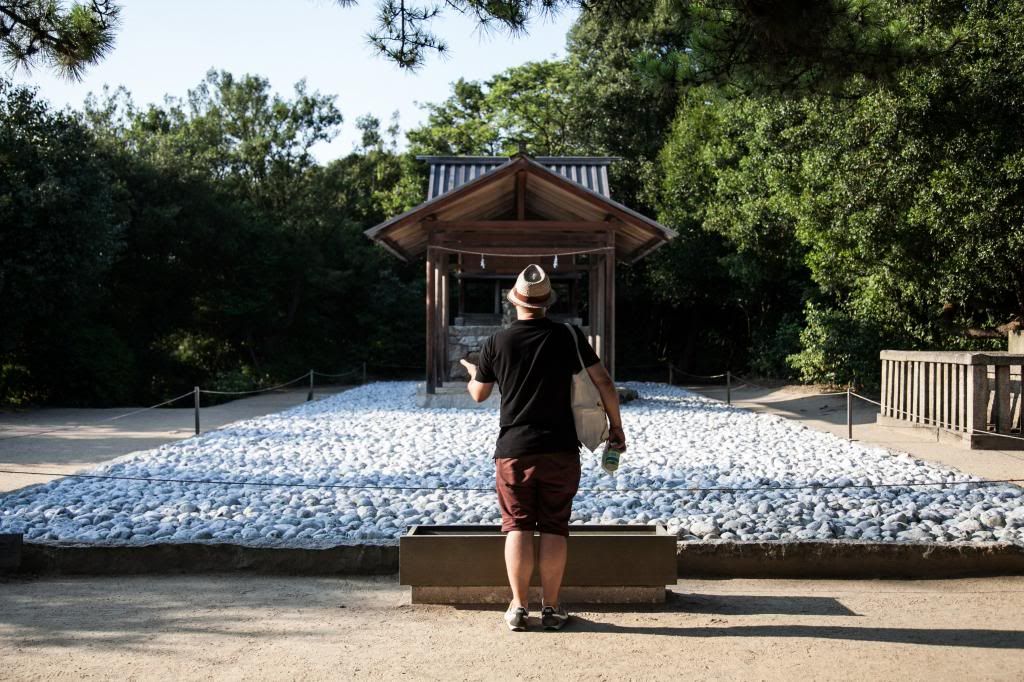
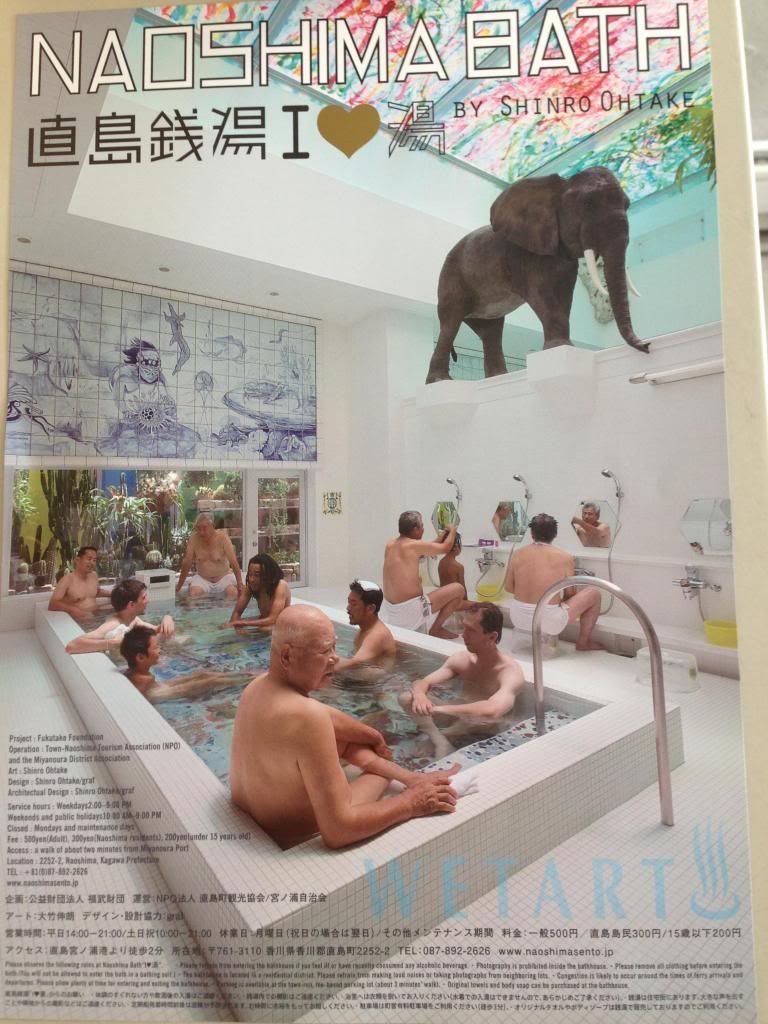
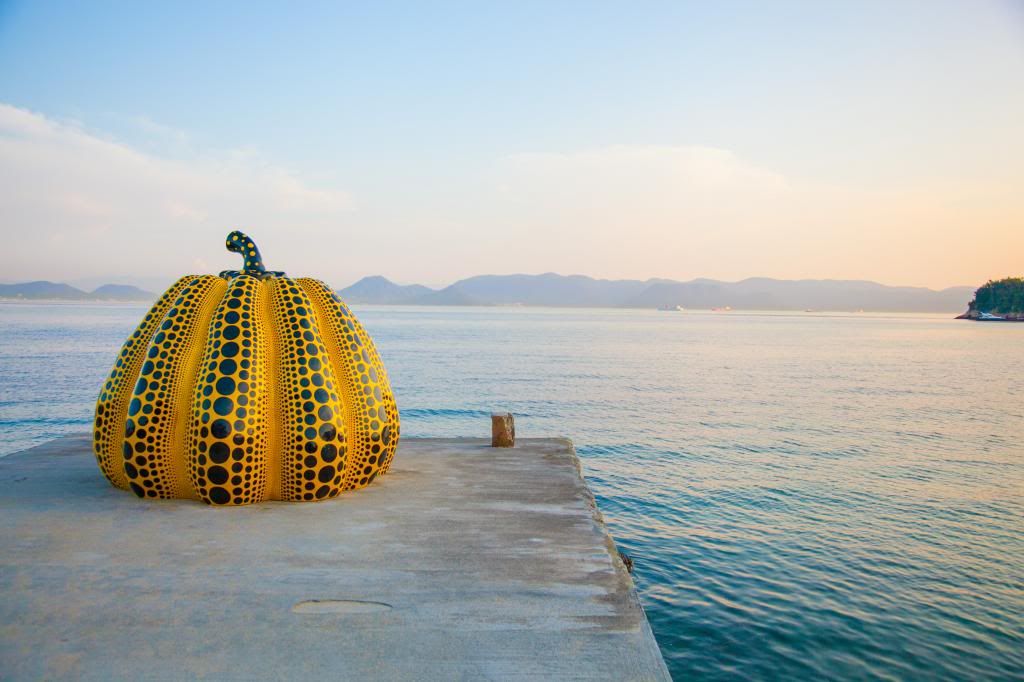
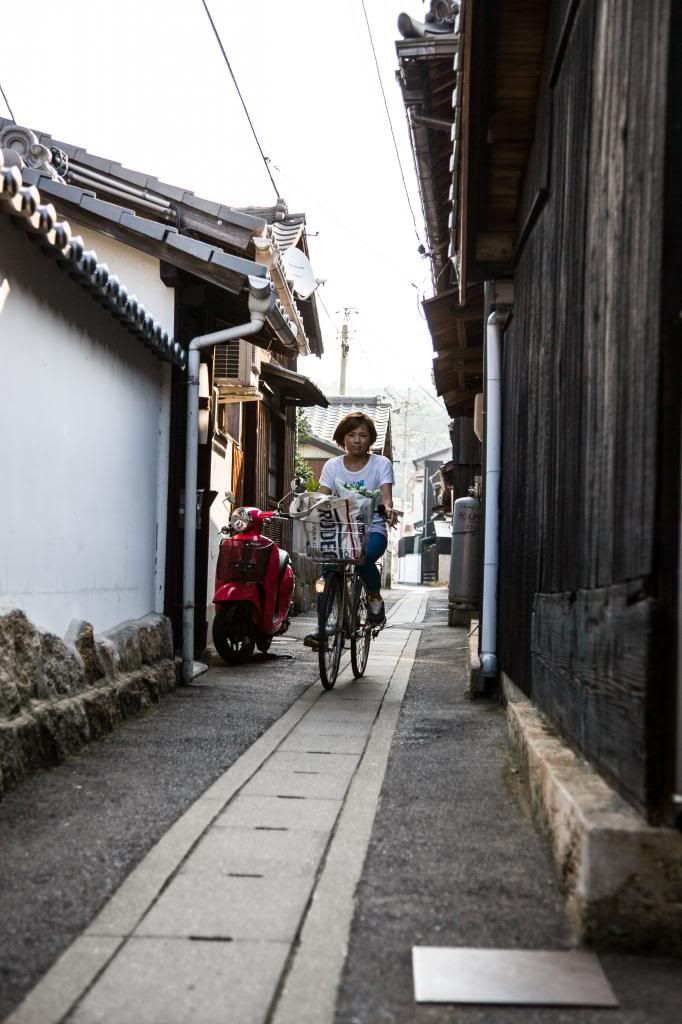


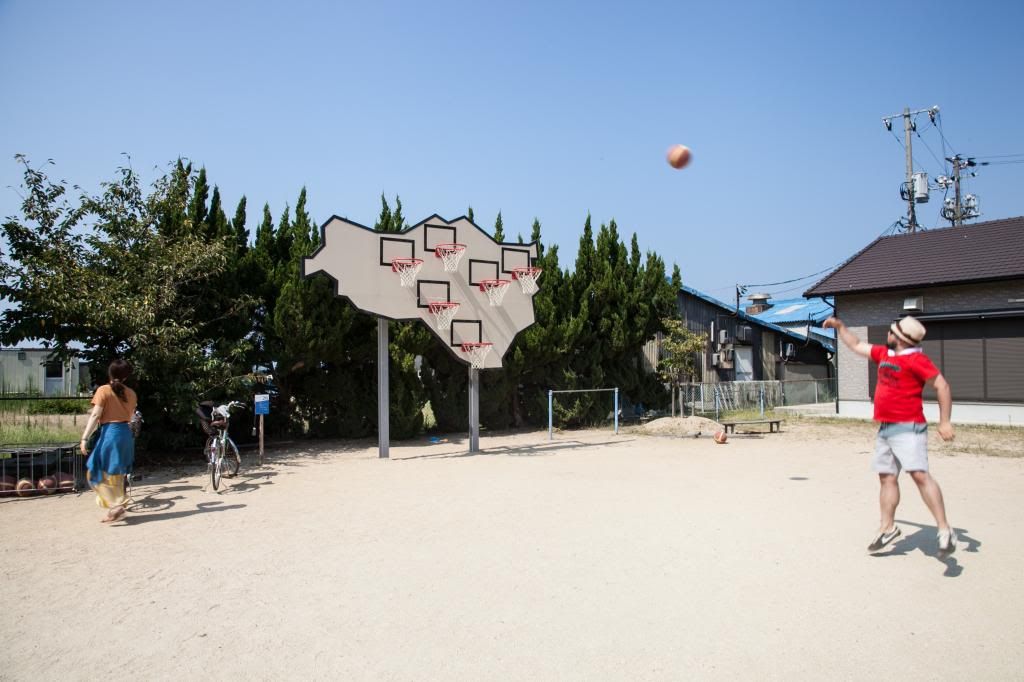
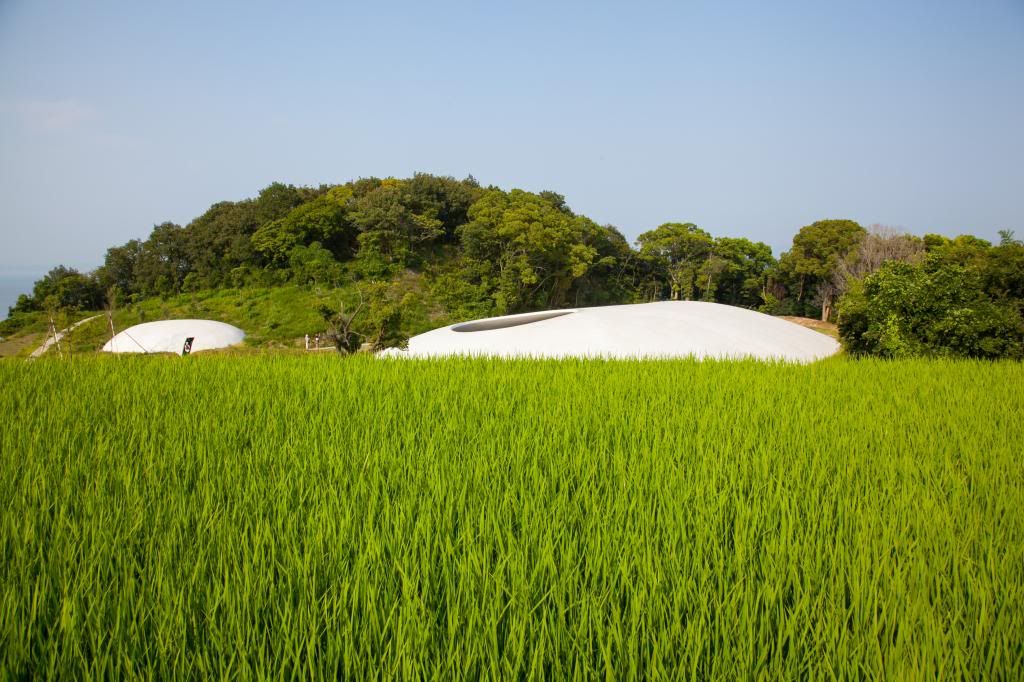

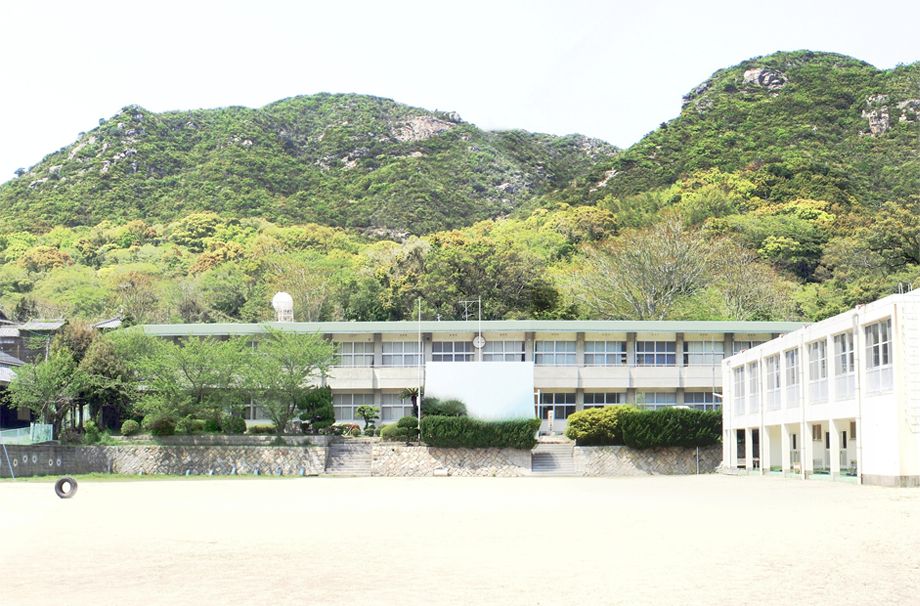
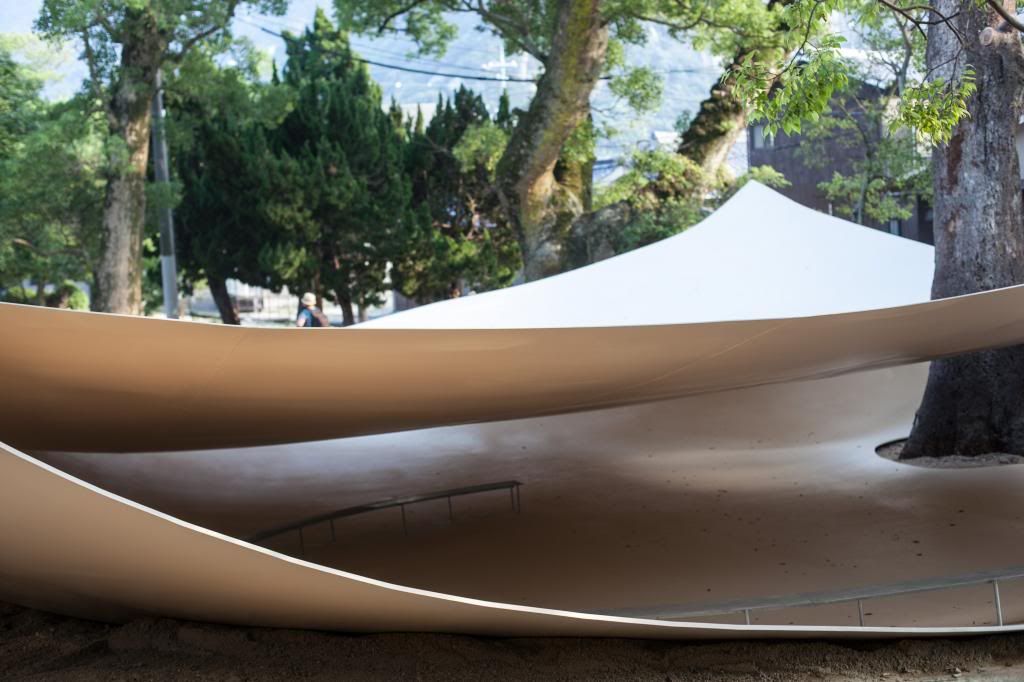
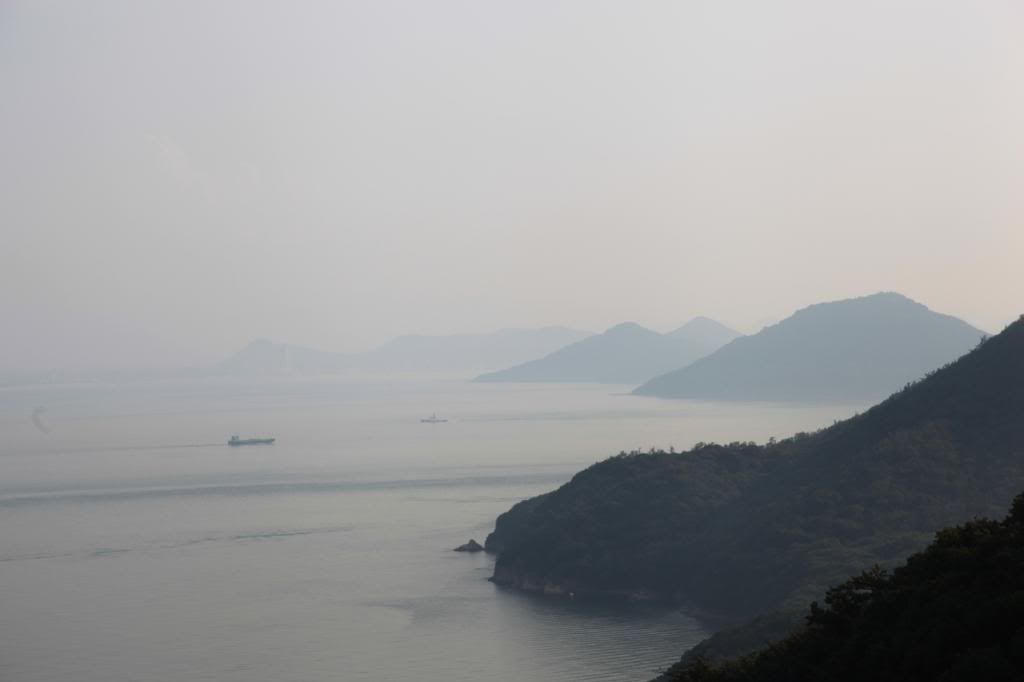
L'autor ha eliminat aquest comentari.
ResponElimina